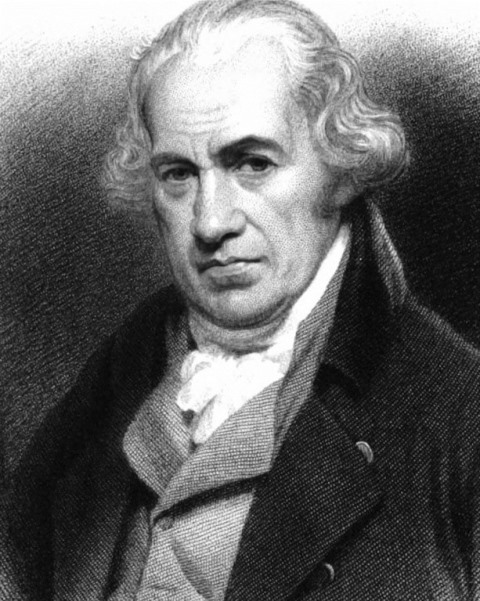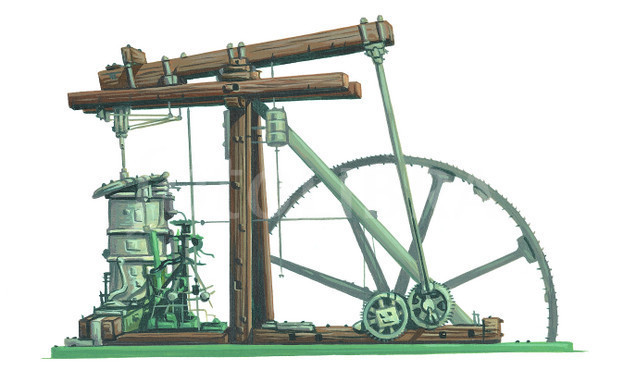 On June 3rd 2015 John Hearle responded, via a letter in the Observer, to an earlier article written by David McKie, Guardian Science Editor, this discussed the role of James Watts' inventions in driving the Industrial Revolution.
On June 3rd 2015 John Hearle responded, via a letter in the Observer, to an earlier article written by David McKie, Guardian Science Editor, this discussed the role of James Watts' inventions in driving the Industrial Revolution.
John's letter, which was edited when published in the Observer, appears below. This is followed by two links, one to McKie's original article, the other to the letters in response, including that of John's.
John W S Hearle, June 3, 2015
Editor
The Observer
James Watt’s steam engine had a major impact on what the historian, G M Trevelyan described as “the great changes in man’s command over nature and manner of life, which began in England in the reign of George III”. For example in transport, it began the change from horses and bullocks. However, it is, at most, half-truths to say that “the cotton industry was transformed” and that “there was a strict limit to the number of factories you could build on the banks of fast-flowing rivers”. Steam power did change where textile manufacturing was located in the 19th century, but the transformation of the textile industries was well under way in the 1780s.Water power would have continued to power the growth of the industry.
At Mellor in the foothills of the Peak District, now on the edge of Stockport in Greater Manchester after two changes of county, there were many mills on two streams with water going from one to the next. This could have been done in many places, but there was a more important development. After making a fortune in muslin, Samuel Oldknow bought an estate in Mellor and diverted the River Goyt to provide large millponds to feed powerful waterwheels. In 1790-92, he built Mellor Mill, the largest and most impressive cotton mill in the world and the prototype for later mills. After his death the mill became part of the Arkwright Company. Supplementary steam power was added in the 1860s, but water was the main source of power until the mill was burnt out in 1892. Millponds and waterwheels could have been replicated along many rivers, but steam power became economically preferable.

With support from the Heritage Lottery Fund, “Revealing Oldknow’s Legacy: Mellor Mill and the Peak Forest Canal in Marple”, a joint project of Canal and River Trust and Mellor Archaeological Trust, is now enabling the remains of Oldknow’s industrial complex, which includes workshops and his mansion, to be uncovered and opened as Mellor Mill Heritage Park.
John W S Hearle
Chairman, Mellor Archaeological Trust
Emeritus Professor of Textile Technology, University of Manchester
David MCkie article 'James Watt and the sabbath stroll that created the industrial revolution'
John Herarle's letter, plus those of two others correspodents 'Observer letters'
